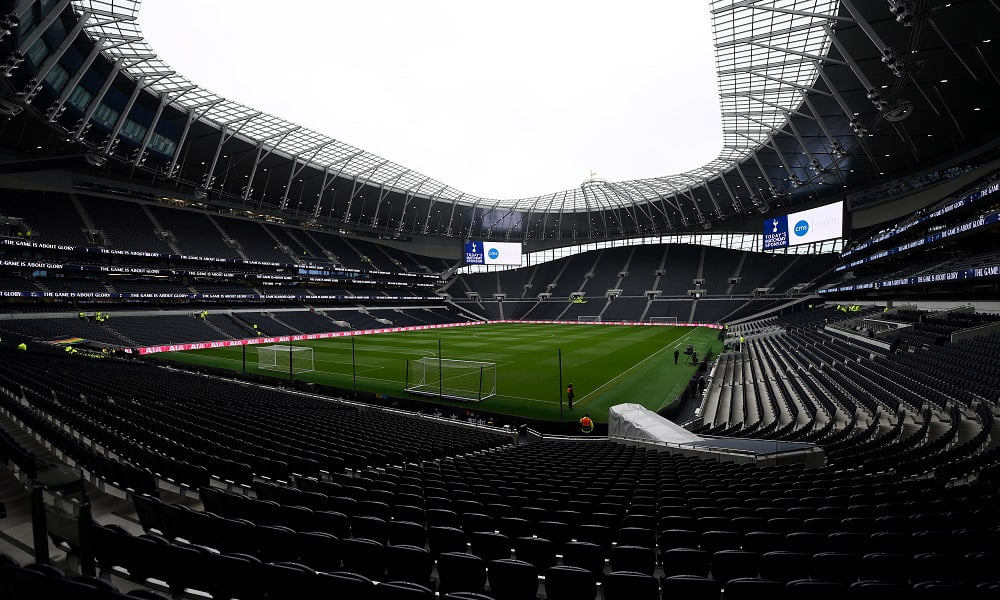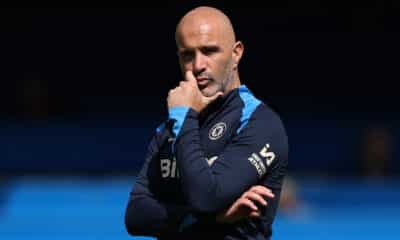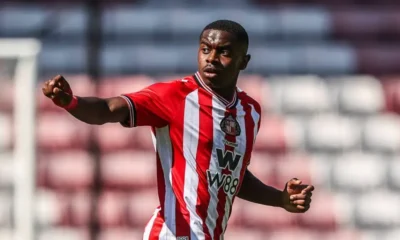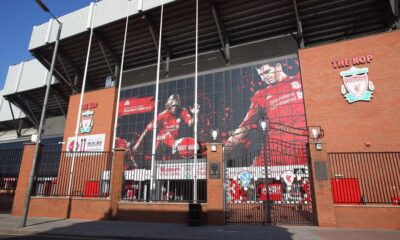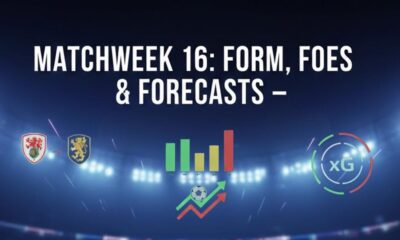Features
The Evolution of Premier League Financial Strategy in 2025
As the Premier League landscape unfolds in 2025, clubs’ investment patterns reflect broader changes across English football’s economic structure.
As the Premier League landscape unfolds in 2025, clubs’ investment patterns reflect broader changes across English football’s economic structure. Their player recruitment approach has moved toward data-driven strategies of acquiring younger talents, with several emerging stars from South American leagues joining their ranks. Undoubtedly, this dynamic is also leaving a long-lasting impact on the economic transitions of various sports betting platforms such as 1xbet apk.
The Financial Restructuring
Traditional revenue streams have undergone substantial changes, particularly with evolving broadcast rights distribution models. Current estimates suggest top-tier clubs generate between 40-60% of their income through international media deals, though exact figures continue to fluctuate. Newcastle United’s relationship with Saudi investment has reshaped competition dynamics, introducing new spending patterns that merit ongoing analysis.
Squad Development Trends
Liverpool’s academy integration model has attracted attention from other clubs. Their systematic approach to youth development, combining advanced training methodologies with careful first-team integration, appears to yield positive results. Arsenal’s defensive reorganization under Mikel Arteta continues to evolve, with their pressing system incorporating elements from both German and Spanish tactical schools.
Technology Integration
Premier League clubs have embraced AI-driven performance analysis systems. Training ground technologies now incorporate virtual reality simulations for tactical preparation, though the effectiveness of these tools remains under study. Manchester United’s partnership with several tech startups has introduced new player monitoring systems, changing how teams approach injury prevention and recovery protocols.
Economic Impact on Lower-Tier Clubs
The financial gap between Premier League participants and Championship teams continues to widen. Research suggests sustainability concerns for promoted clubs, as adaptation costs to top-flight football increase. Newly promoted teams face mounting pressure to modernize infrastructure while maintaining competitive squads.
Fan Engagement Transformation
Stadium attendance patterns show interesting shifts, with some clubs experimenting with dynamic pricing models. Digital engagement metrics indicate changing consumption habits among younger supporters, though traditional match-day culture maintains strong influence. Chelsea’s innovative approach to international fan engagement through technology platforms offers interesting insights into future development possibilities.
Transfer Market Dynamics
The summer transfer window has seen notable changes in valuation methods. Clubs increasingly rely on complex data models to assess player worth, moving beyond traditional scouting parameters. Tottenham’s transfer strategy demonstrates this evolution, combining advanced analytics with traditional scouting networks.
Infrastructure Development
Several clubs have initiated stadium modernization projects. These developments incorporate environmental sustainability features, though their long-term impact requires further assessment. Brighton’s training facility expansion represents current trends in infrastructure investment, balancing immediate needs with future growth potential.
Competition Format Discussions
Ongoing debates about potential format changes to domestic cup competitions reflect broader questions about fixture congestion. The balance between domestic and European commitments continues to influence club planning and resource allocation.
Youth Development Systems
West Ham’s youth academy modifications show promising early results in player development metrics. Their integration of sports science advances with traditional coaching methods offers interesting insights into modern talent nurturing approaches.
This analysis draws from current observations and available data, acknowledging that football’s dynamic nature means circumstances may change rapidly. Readers interested in specific aspects should consult official club communications and independent research for the most current information.

